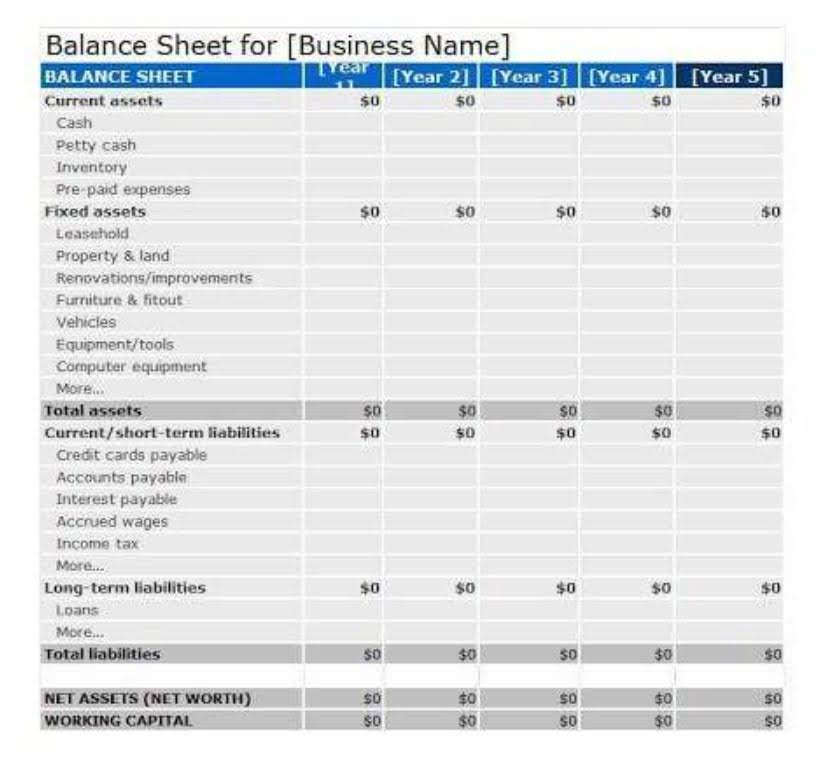
Companies that pay dividends are effectively redistributing a portion of their earnings back to the shareholders. When dividends are paid out, they are deducted from the company’s retained earnings and therefore reduce equity. As for prospective investors, this statement fundamentally serves as an indicator of a company’s net value, helping decipher its attractiveness and viability for investment. It facilitates insights into how efficiently the corporation manages its resources, hence playing a decisive role in investment decisions.
Additional Questions & Answers

The ending total stockholders’ equity How to Run Payroll for Restaurants balance from this statement directly flows to the equity section of the balance sheet. Dividends, whether paid in cash or as additional stock, reduce the retained earnings balance. When a company declares and pays dividends, it is distributing a portion of its accumulated earnings to its shareholders. Retained Earnings accumulate the company’s net income that has not been distributed to shareholders as dividends.
- In the above-mentioned formula, the equity of the stockholders is the difference between the total assets and the total liabilities.
- This account reflects a company’s profitability and its decision to reinvest earnings back into the business.
- Details regarding stock issuances, repurchases, and dividend declarations are obtained from the company’s general ledger and corporate records, such as board meeting minutes.
- The fluctuation of retained earnings is captured in the stockholder’s equity statement.
- The statement usually features columns for each major equity component, such as Common Stock, Additional Paid-in Capital, Retained Earnings, Treasury Stock, and Accumulated Other Comprehensive Income.
Key Components

Treasury stock refers to shares repurchased from the open market and held by the company. These shares are not considered outstanding and do not carry voting rights or dividends. Share buybacks reduce the number of shares available, potentially increasing the value of remaining shares and improving financial ratios like earnings per share (EPS). Under GAAP, treasury stock is recorded as a contra-equity account, reducing total shareholders’ equity.

Contributed Capital and Earned Capital
- If a firm does not want to keep the shares for future financing, it can retire them.
- This is a contra-equity account, meaning it reduces the total amount of stockholders’ equity.
- Any change in the Common Stock, Retained Earnings, or Dividends accounts affects total stockholders’ equity, and those changes are shown on the statement of stockholder’s equity.
- Learn how this financial report details the evolution of a company’s ownership and links its core financial data.
- Other Comprehensive Income (OCI) encompasses revenue, expenses, gains, and losses that haven’t been realized and thus aren’t included in the net income figure.
These statement of stockholders equity repurchased shares are held as treasury stock, a contra-equity account. Lastly, information on other comprehensive income (OCI) items must be collected. These are specific gains or losses that, as previously noted, bypass the income statement and are recorded directly into AOCI. Total shareholders’ equity is the term used to indicate the shareholders’ equity and is calculated as the difference between the total assets and the total liabilities a company holds. This value helps investors identify the company’s financial health and determine whether they should continue investing in it, given its performance. Information on new stock issuance is necessary, including the number of shares, their par value, and sale price.

The Purpose of the Statement of Shareholders’ Equity Is to Track Ownership Changes
In addition to the annual consolidated financial statements, the publicly-held corporation will issue quarterly consolidated financial statements. Note that the $95,000 appears as a negative amount because the outflow of cash for capital expenditures has an unfavorable or negative effect on the corporation’s cash balance. The $15,000 is a positive amount since the money received has a favorable effect on the corporation’s cash balance. The $30,000 received from selling an investment also had a favorable effect on the corporation’s cash https://edulivethailand.com/present-value-pv-definition-calculations/ balance.
